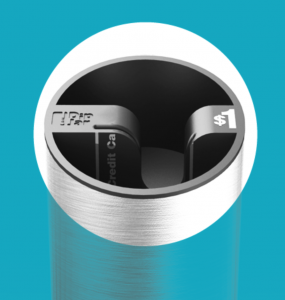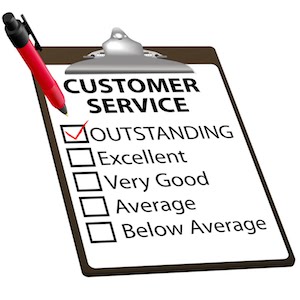Dip a credit or debit card to Donate?
 One thing, which has always bothered me about gold coin donation drives and bucket shakes, is the fact these activities create a one-time infusion of cash. Sure, the cash is nice for many charities. Nonetheless, the real worry is these types of drives do not have a means to collect a person’s details to then build a relationship with the person. Instead, a charity accepts their cash and moves on. The result is a quick transaction and the relationship ends there. Additionally, the risk associated with cash and coins exposed at cash registers and at events is very high.
One thing, which has always bothered me about gold coin donation drives and bucket shakes, is the fact these activities create a one-time infusion of cash. Sure, the cash is nice for many charities. Nonetheless, the real worry is these types of drives do not have a means to collect a person’s details to then build a relationship with the person. Instead, a charity accepts their cash and moves on. The result is a quick transaction and the relationship ends there. Additionally, the risk associated with cash and coins exposed at cash registers and at events is very high.
This week, I read with great interest a clever innovation called GiveJar – a take off of the DipJar, an electronic tipping system from the United States. GiveJar allows a person to dip their debit or credit card and to make a donation. According to a recent article in Probono Australia, inside the GiveJar is a standard credit card reader. A charity creates a pre-configured donation amount such as $1, $2 or $10 or any amount. The customer inserts their card and pulls it out to swipe, and the jar automatically deducts the amount determined by the charity. GiveJar may also include PayWave – technology far more advanced in Australia than in the United States.
While we do not know from this article what information is passed to the charity – including whether the charity received name, contact details, and the dollar amount donated – we can certainly applaud this new technology as a safer way for people to give to your organisation than the current coin canisters at the registers or buckets at an event. In the end, this technology will require a campaign to train donors to change their way of leaving a donation. Nonetheless, put this in the innovation column and let’s applaud the DipJar company founders for their forward thinking!



 I recently attended the F&P Magazine
I recently attended the F&P Magazine  all from
all from 

